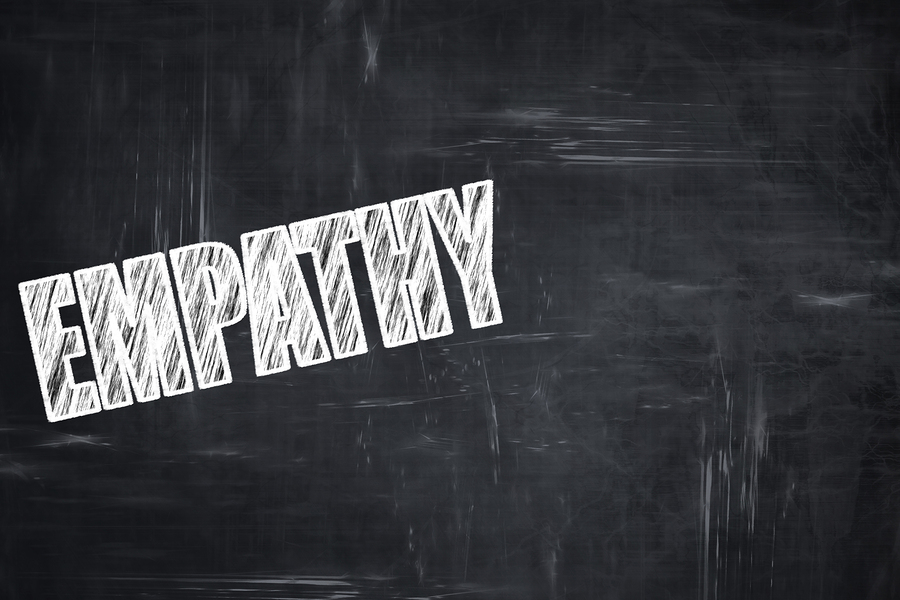
Defining Retail Leadership Presence
Just what is “leadership presence”?
In their book, Leadership Presence, The Ariel Group’s founders Belle Linda Halpern and Kathy Lubar use real client stories from the company’s experience in working with leaders across industries to help define leadership presence. They put real meat on the bones of the elusive idea. One element that contributes to someone having leadership presence is their ability to empathize.
Daniel Goleman wrote the book Emotional Intelligence years ago (a book worth having in your reference library). Goleman talked about the ability to connect and engage through empathy. What Halpern and Lubar do is take this idea, along with many other facets, and write real-world examples of what happens when an executive has it and what happens when they don’t. A particularly powerful statement is on page 107:
Relationships are built on empathy, but empathy requires more than seeing and feeling. Empathy requires expression.
We have taught a communication skill for years called Listen to Learn. The two main techniques are the ability to either “summarize” or “empathize,” depending on the level of emotion in the moment. Leaders in our sessions are often skeptical of using this and of its value. They feel too vulnerable stepping into that area that can easily open more personal connections. But it is exactly that ability that creates a presence, perhaps perishable, but nonetheless arresting.
This is all the more vital when you consider the simple truth that loyalty in retail, whether you’re talking about customers or associates, doesn’t come down to price or clicks; it comes down to the people-to-people connections. And while there are plenty of factors outside the control of today’s retail leaders—from technology to the economy to the weather—the one thing they can influence is people.
I am heartened to know that the work we all do in getting leaders to trust this moment and open a window to possible deeper understanding is being spread throughout all training and development resources.
What about you? Do you dare to be vulnerable?
